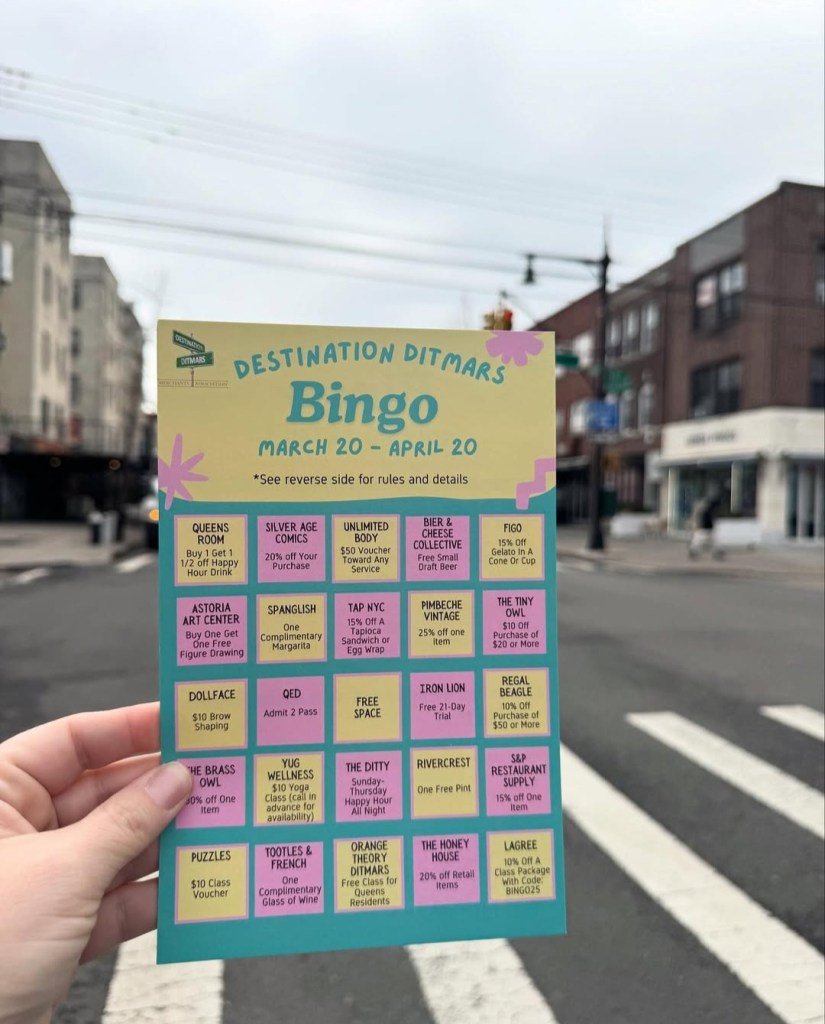By Jacob Dilson
Hurricane Sandy wrought havoc on New York City’s tree population and stressed the importance of properly maintaining them. Northeast Queens’s interests in increasing community involvement in that maintenance are at odds with current city policies.
Glen Oaks Village is the largest garden apartment cooperative in Queens, with 20,000 street trees. Every year, the village officials compile a list of trees in need of pruning, and submit it to the New York Parks Department. The 2012 list detailed 50 such trees, which the department allegedly ignored. Roughly half of those trees fell and caused damage during Sandy.
“The city has an abysmal record of maintaining trees,” said Glen Oaks president Bob Friedrich in an interview. “They’re only creating a problem by prohibiting people who live near trees to perform simple maintenance.”
Homeowners are not currently allowed to prune government-owned trees on their property, lest they be fined by the Department of Conservation. Homeowners are also fined if a tree on their property causes damage to neighboring property. After Sandy, the parks department ultimately hired outside contractors to prune damaged trees in wooded areas like Glen Oaks and Bellerose.
Fred Kress, president of Queens Coalition for Parks, attributed this in an interview to an insufficient number of workers. He said that allowing citizens to prune trees is ideal, since it would not require any additional government funds or supplies.
“There just isn’t enough staff to deal with these issues,” said state Sen. Tony Avella (D-Bayside) in an interview. “If Queens received better maintenance in the first place, we wouldn’t need so many outside contractors.”
Avella has been outspoken in his disapproval of the city’s tree maintenance, having publicly opposed Mayor Bloomberg’s Million Tree plan this past December. Avella proposed several new tree care reforms in December, specifically increased funding for a five-year pruning schedule. In the interview, he said the underlying issue was elected officials consistently not allocating enough money for tree maintenance. These current funding and staffing issues conflict with the above restrictions on citizen pruning.
“Sandy emphasized that throughout many New York trees’ lives, they’re not getting the attention they need,” said Sam Bishop, president of Trees New York; an environmental and urban forestry nonprofit that sponsors citizen pruning courses across Queens.
The 12-hour course teaches students to identify and maintain trees that need pruning, and there are currently 500 citizen pruners in Queens. Students are only permitted to prune public trees after completing the course and being certified by the New York Parks Department. The certificate prohibits citizens from operating power tools, or using ladders to reach high-hanging branches.
“Most professional pruning tools will let a pruner reach up to 12 feet off the ground,” said Trees New York employee Lucian Reynolds. “Taller trees require higher authorities.”
Bishop said in an interview that he approves of the current pruning restrictions, deeming them necessary to prevent tree vandalism. Friedrich dismissed this concern as a worst-case scenario, and is currently working with Avella to eliminate the current pruning restrictions. After compiling next year’s list of trees in need of maintenance, Friedrich said he plans to directly reach out to the Queens Department of Forestry, which is responsible for all trees in the borough.
The New York Department of Conservation declined to comment.



































